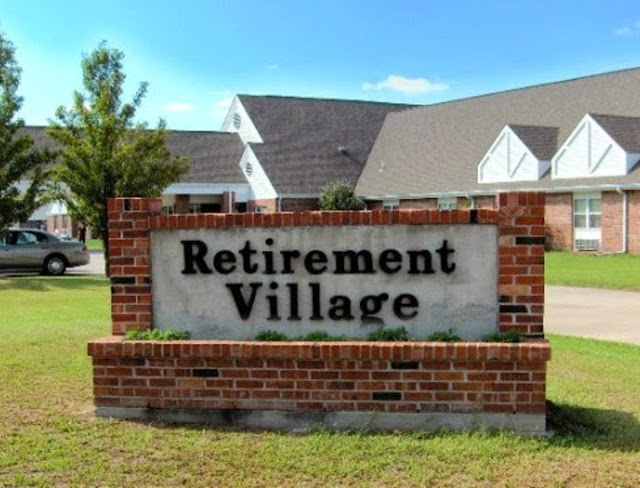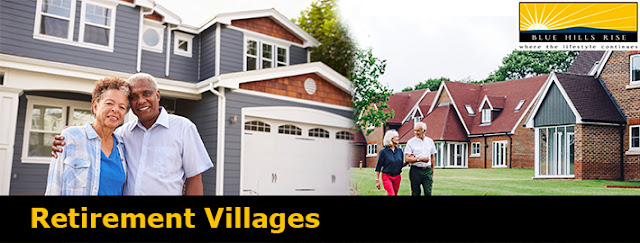Retirement villages Frankston are an increasingly popular housing choice for seniors. However, this growing trend also brings up a lot of questions about what retirement villages are and if they're right for you. In this blog post, we'll cover some common misconceptions about living in a retirement village and what the real deal is with these communities.
1. You Have To Be Retired.
The idea that Retirement villages Frankston are for retired people alone is a common misconception. While many residents do retire at some point after moving into their village, it's not required by any means. In fact, there are some retirement communities that allow children and even grandchildren to live in the same community as their parents or grandparents!
Fact: Retirement villages are for people of all ages. In fact, many retirement communities have a mix of residents who are retired and those who still work. This is especially true in larger retirement communities that offer more amenities and services.
2. They Are Expensive
This is a misconception that can be attributed to the fact that these communities are not for everyone. The first thing to know about retirement villages is that they do not offer assisted living or nursing care. This means that you will still need to hire help with things like bathing and grooming, so it's important to have some savings set aside in case you run into unexpected medical expenses later in life.
3. It Won't Feel Like Home.
The first thing you should know is that living in a retirement village doesn't mean you have to give up your home. You can bring your own furniture, and the staff will help you arrange it according to how much space you need. You also get a good deal of freedom in terms of decorating your own home—you can paint the walls and add pictures or other decorations to make it feel like home.
4. They Are Depressing
When you live in a retirement village, you make your own decisions. You can decorate your own home and choose the furniture you like. It is a community of people who get along well with each other and have similar interests—but it is still different from living in an apartment building or a condo complex because it's more like being in a small town than an apartment building or condominium complex.
It's also safer to live in a retirement village than it might be if you lived alone or with one other person who wasn't there all the time. And there are lots of activities available for residents of any age! There are always people around to talk with if necessary, too so no one will feel lonely either (unless they want to).
5. You'll No Longer Be Independent
While it's true that living in a retirement community means you'll be surrounded by people who are older than you, this doesn't mean that you'll lose your independence. In fact, many retirees choose to live there because they want the companionship and support of their peers. If anything, moving into a retirement village can help you remain independent while also enjoying the company of others.
Each family has their own unique needs and desires when it comes to living arrangements. Depending on which type of Retirement villages Frankston is right for your situation, there may be opportunities for residents to visit with friends or family members outside of scheduled activities—or even live with them!
Regardless of whether or not this arrangement works for your loved ones at home, it's important that everyone feels comfortable with whatever decisions have been made about where each person will live independently once they become an adult (which could mean staying in their childhood home). It may take some time before everyone is ready; don't pressure yourself if things aren't working out quite yet!
Conclusion
Retirement villages are a great option for many people. They allow you to live in one place, among your peers and have access to all their facilities, such as a restaurant and gymnasium. This can be particularly beneficial for those who find it difficult to travel or do not want their independence taken away by moving into residential aged care.













